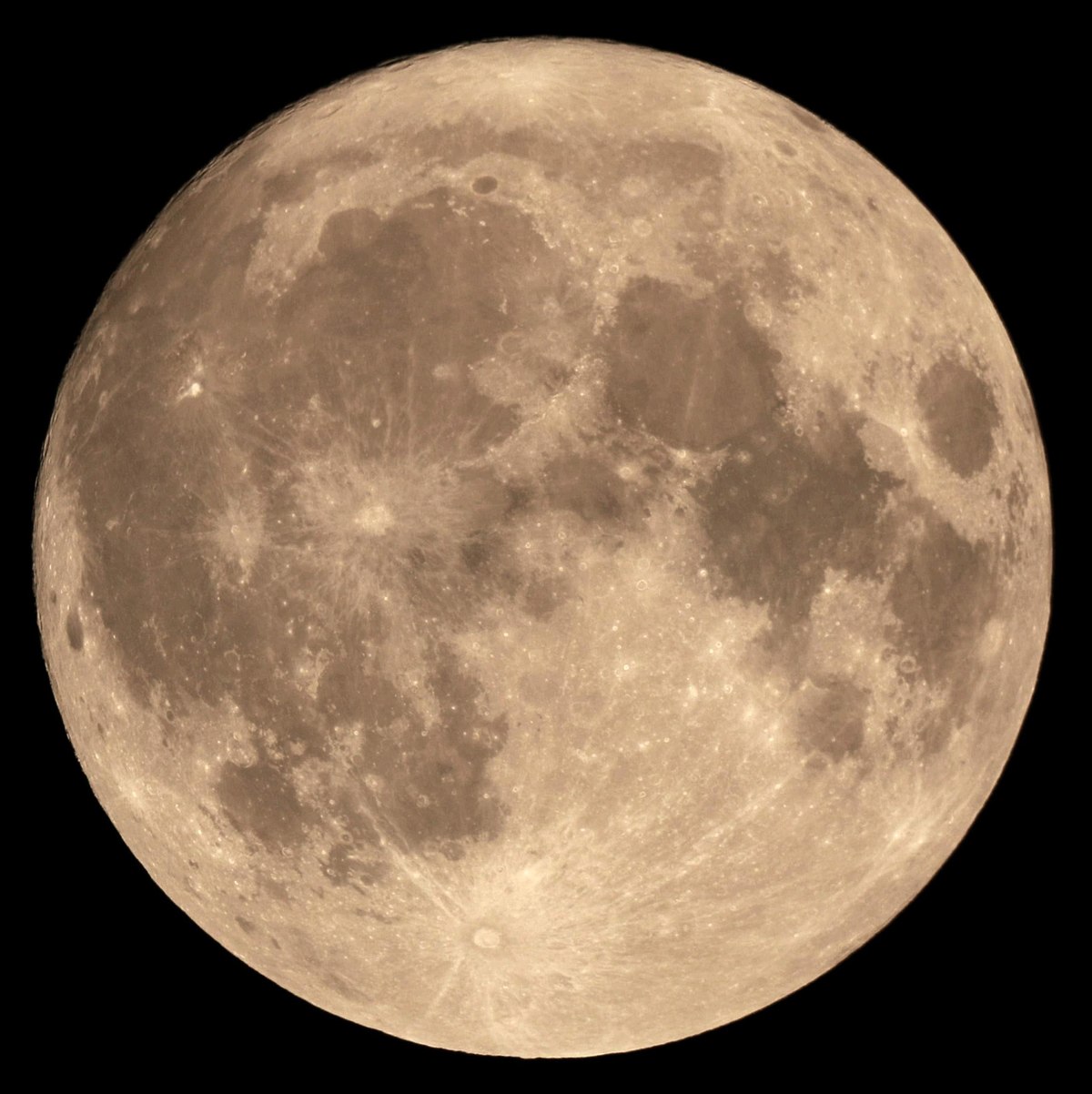What Is a Supermoon?
A supermoon is a phenomenon that occurs when the Moon's orbit brings it closest to Earth, coinciding with either a new or full moon phase. This term was coined in the late 1970s by astrologer Richard Nolle and has since become popular among stargazers for the Moon's larger appearance and increased brightness during these events.
The Astronomical Perspective
In astronomical terms, a supermoon is a type of syzygy, which is a straight-line configuration of the Moon, Earth, and the Sun. When a full moon or a new moon is at its nearest point to Earth (perigee) in its orbit, it appears significantly larger from our perspective. The opposite of a supermoon is a micromoon, where the Moon is at its furthest point from Earth (apogee) and appears smaller, though it garners less attention.
Frequency of Supermoons
The frequency of supermoons can vary depending on the definition used. Nolle's original definition from 1979 described a supermoon as the Moon being within 90 percent of its closest approach to Earth, combined with a syzygy. Recent amendments have adjusted this to 90 percent and above the average perigee distance. Based on these criteria, we can expect to see supermoons ranging from a quarter to half of all full moons in any given year.
Should We Care About Supermoons?
For moon enthusiasts, supermoons are a treat. A super full moon is about a third brighter and up to 14 percent bigger than a regular full moon, offering a more spectacular view. However, the increased proximity of the Moon during a supermoon has a minimal impact on Earth. It does result in a stronger gravitational pull, which can affect ocean tides and, to a lesser extent, the atmosphere. However, this does not lead to significant changes in weather or increase tectonic activity.
The gravitational pull during a supermoon also has a negligible effect on the mass of individual objects on Earth. So, unfortunately, you won't be able to jump any higher during a supermoon.
Conclusion
Supermoons are an interesting astronomical event that provides a unique opportunity to observe our celestial neighbor in a slightly different light. While they don't have significant effects on Earth's environment or our daily lives, they are a beautiful spectacle for skywatchers and a reminder of the wonders of our solar system.
Refrence: www.researchfound.com

0 comments